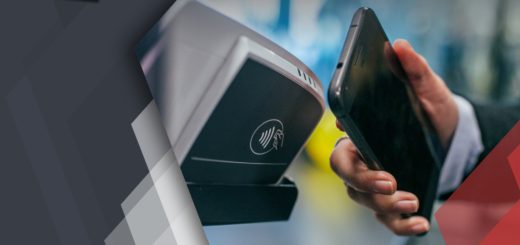Limits of Patent Protected Technology
Patent protected technology is a large corporations for investing heavily in increasing the size of their patent portfolios. If the patent search indicates that there are no patents blocking access to market and that a new technology is likely to meet the patentability criteria, a business owner may wish to seek patent protection for the new technology. While the granting of exclusive patent rights is considered as an incentive for investment in innovative activities and the production of knowledge, allowing the enforcement of the full scope of the exclusive rights in all circumstances may not always meet the ultimate goal of the patent system to enhance the public welfare. Therefore, man countries impose certain checks on patent protected technologies.
Also, a granted patent in itself does not provide the patent owner the right to commercialize the protected technology, but only to prevent others from commercializing it. Although the distinction may seem subtle, it is an important facet of patent law. A third party may, for example, have an even broader patent that encompasses the subject matter of the first company’s patent. Therefore, in order for a company to commercialize its own technology, it may need to use technology patented by others. One of the classic example was the Cohen-Boyer patent on recombinant DNA. For many years, the commercialization of any new technology using the technology developed by Cohen and Boyer required payments to obtain the relevant license. There may also be government regulations not directly concerned with IP which restrict the access to market of a patented invention (for example regulations requiring approval for food or pharmaceutical products).
As discussed, the patent laws of various jurisdictions impose certain limits on the extent to which a patent owner has the freedom to operate. Article 30 of TRIPS also allows for limited exceptions to the exclusive rights conferred by a patent. Some of such exceptions are listed below for reference of the reader.
- Experimental / Scientific Use Exception
- Private and Non-commercial Use Exception
- Regulatory-use/ Prior-use Exemption
- Foreign Vessels, Aircraft or Land Vehicles Exception
- Exhaustion of Patent Rights
- Private and Non-commercial Use Exception
Notwithstanding the above, it is the indirect right of freedom to operate for which the most companies apply for patent protection. That is, a strong patent portfolio of a company allows for greater degree of freedom to operate, and that’s why the companies may choose to patent a technology instead of keeping it as a trade secret. For example, a strong IP portfolio can be used as a deterrent against potential law suits. In conclusion, while the grant of a patent in itself may not be sufficient for commercialization of a new technology, it could still be lucrative to file a patent as that may be exploited in a number of ways in future.




